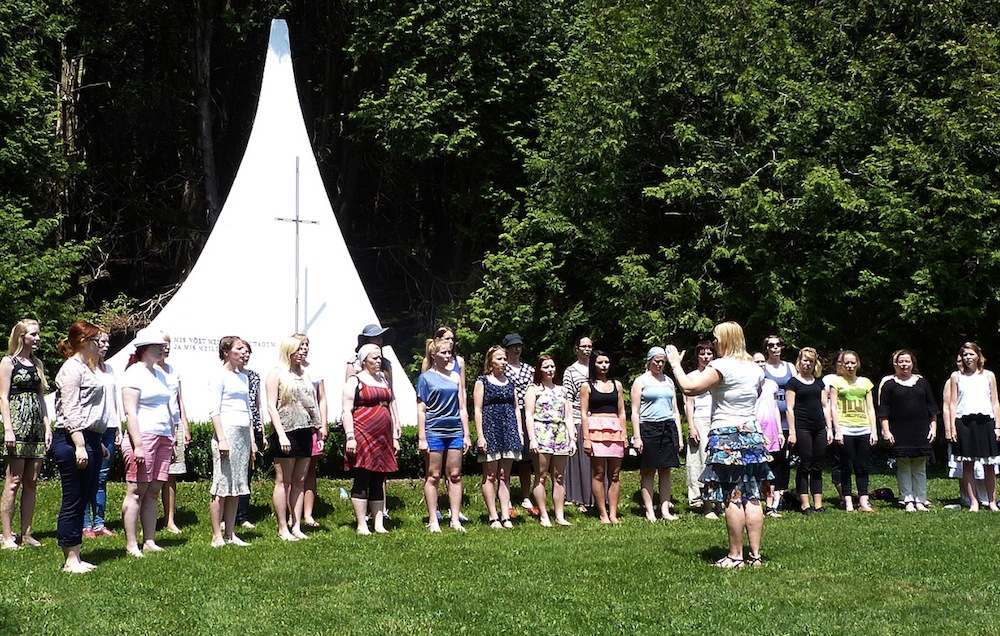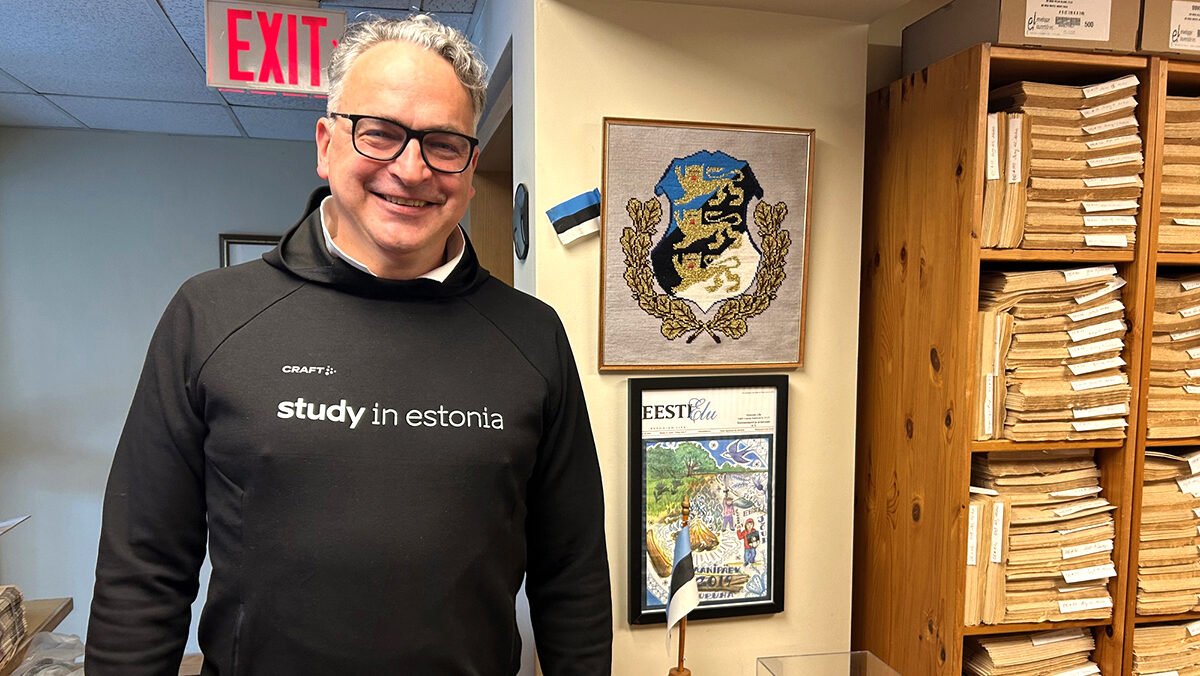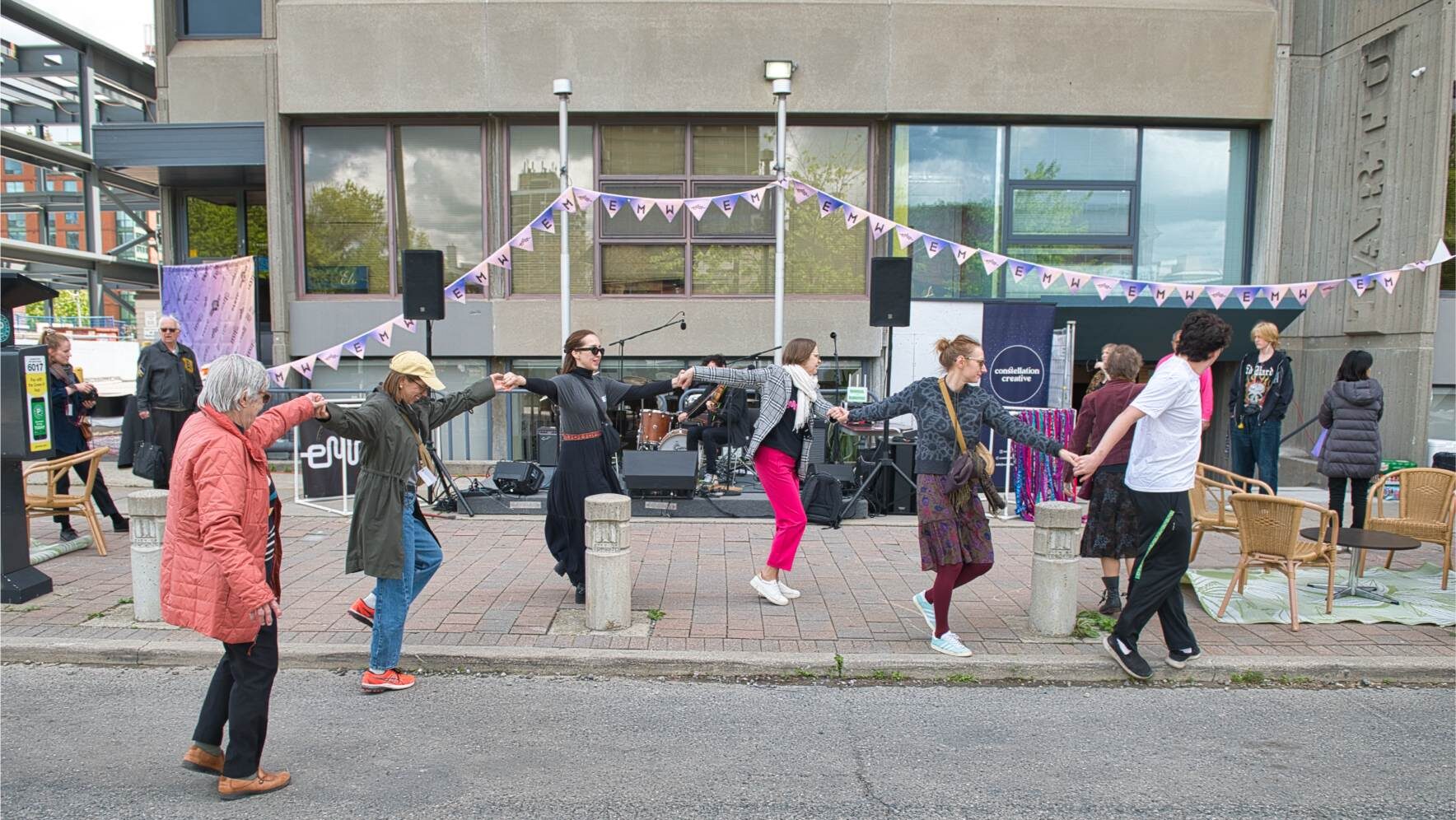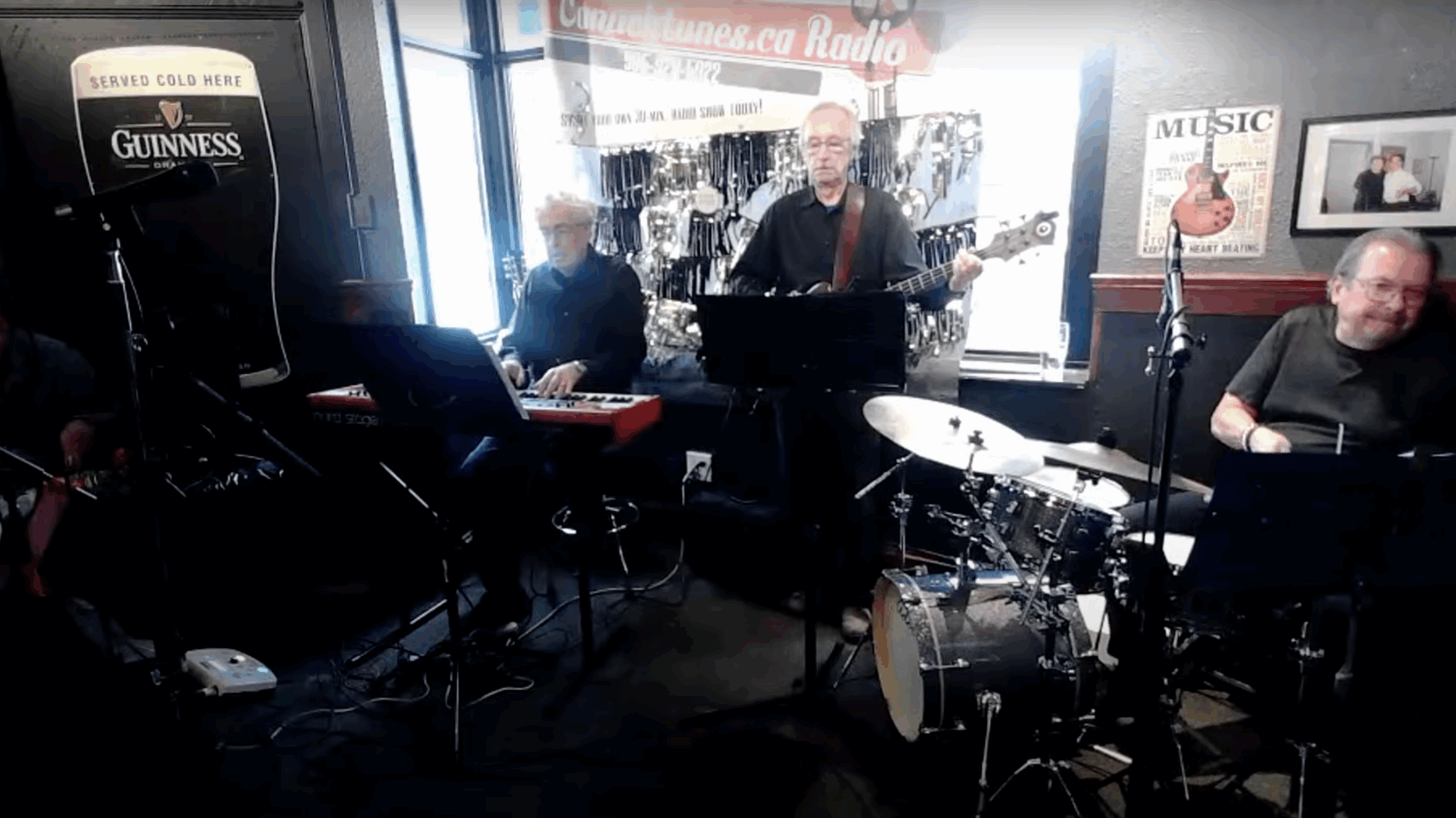This is where people come in order to maintain a living memory of those who lost their lives in the struggle for a country and its people during tumultuous and disastrous years that made up half a century. People come to sing and pray at the monumant and lay flowers on the altar. During summer festivals, following the events of the evening, there is always a meditative midnight gathering at the monument called “Mõttelennul kodumaale” – a spiritual flight to Estonia.
The story of Seedrioru and its memorial monument is well laid out in a beautiful little album published in 1980. My own copy bears an inscription from my parents who gave it to me for Christmas that year. I particularly like to refer to the articles about the monument, one by industrial designer Vello Hubel who along with engineer Ilmari Kolsi, saw to it that the 40-ton ,,sail set by the cedars” had its ceremonial opening July 4, 1959.
Designer Vello Hubel described the memorial structure in the following terms:
The cross symbolizes faith and the sacred grief that unites Estonians.
The flame on the altar is a cleansing light and symbolizes eternal life.
The sail represents a primitive force that leads us forward and ever higher.
The visit to the monument provided a fitting end to the Canadian concert tour of the women's choir of the University of Tartu on May 20. This was a day of preparatory work for Estonian-Canadians with regard to events taking place next week, June 29-30, and also for the children's summer camp in July; a lot of working volunteers were in Seedrioru on that day to welcome the visitors from Estonia as well.
After a solemn procession to the monument, the choir performed a traditional ceremony enacted hundreds of times in the past half-century at Seedrioru. A song from the repertoire of Estonia's first song festival held in Tartu in 1869 was followed by a short speech and a reciting of Marie Under's classic poem “Mälestus ja tõotus” (Pledge and Remembrance).
Flowers were place on the altar and then the valley resounded with echoes of “Hoia Jumal Eestit” (O God Protect Estonia).
It was appropriate for a choir from Estonia to repeat a ceremony that became entrenched in the tradition of exiles abroad during the occupation of the homeland. Music and mourning unites Estonians globally. The University of Tartu Academic Female Choir is very representative of the country and Estonians as a whole in that its repertoire is replete with patriotic, folk and sacred songs.
The shadows of the founding fathers of Seedrioru whom we might encounter at midnight next weekend must be pleased to see their work bear fruit in bringing together Estonians, young and old, who still gather and sing at the beautiful memorial monument of Seedrioru nestled in the arms of Canada's natural features.
Andres Raudsepp




